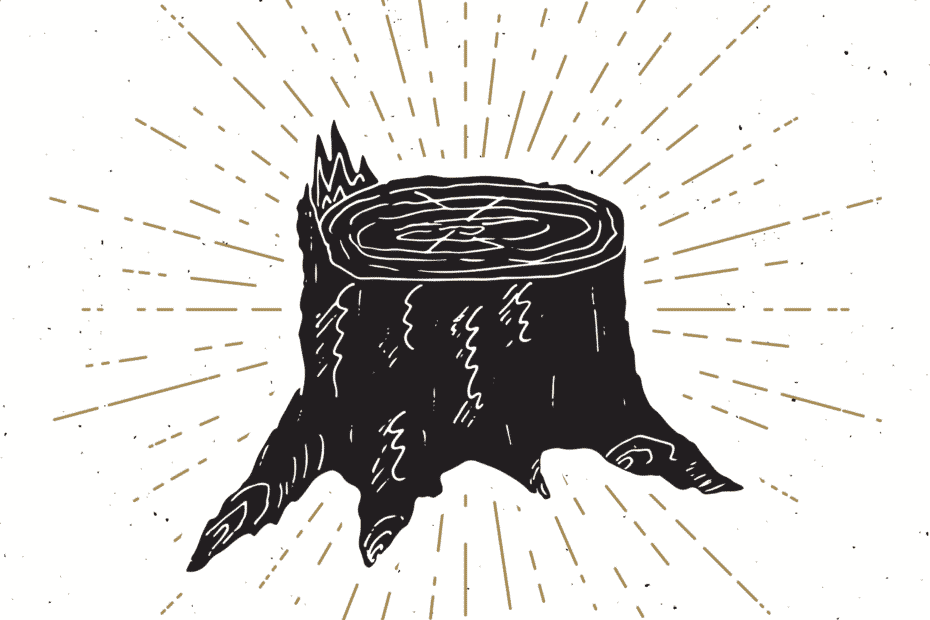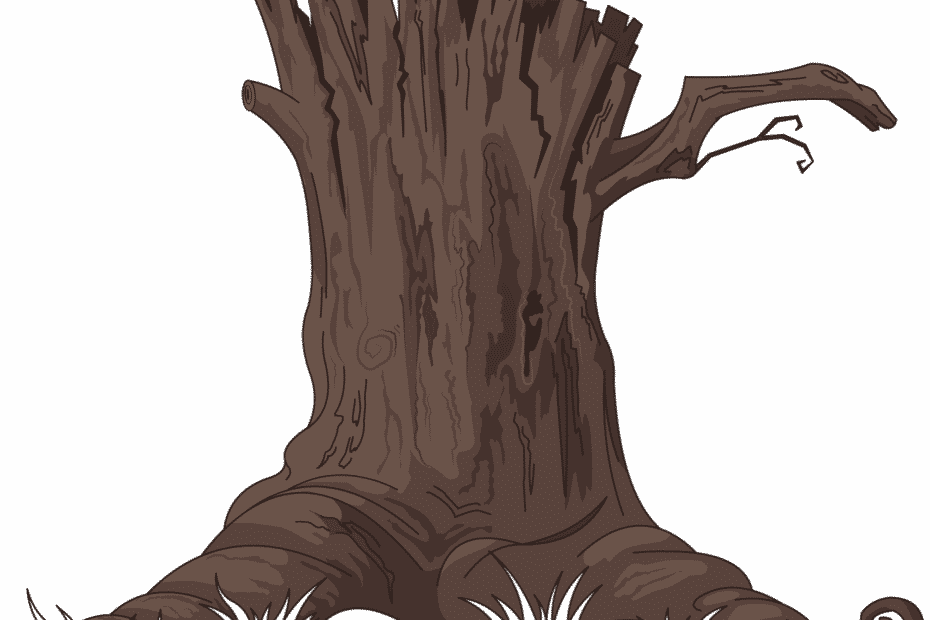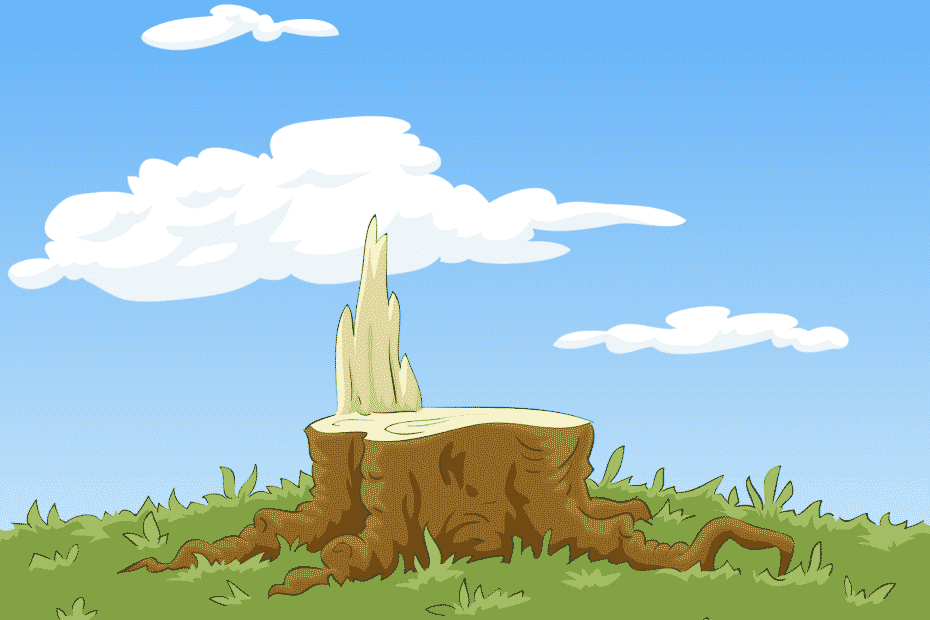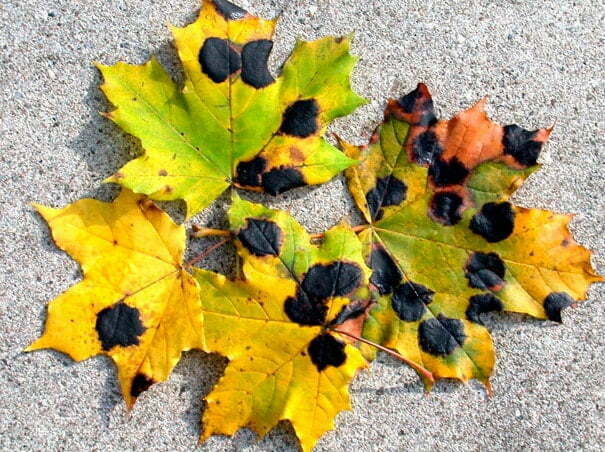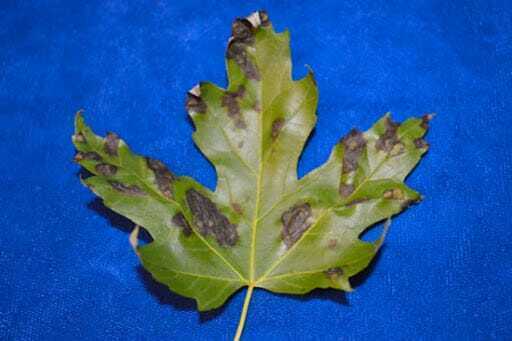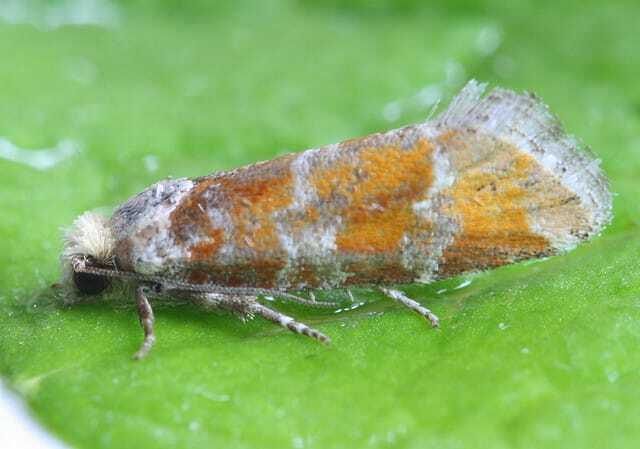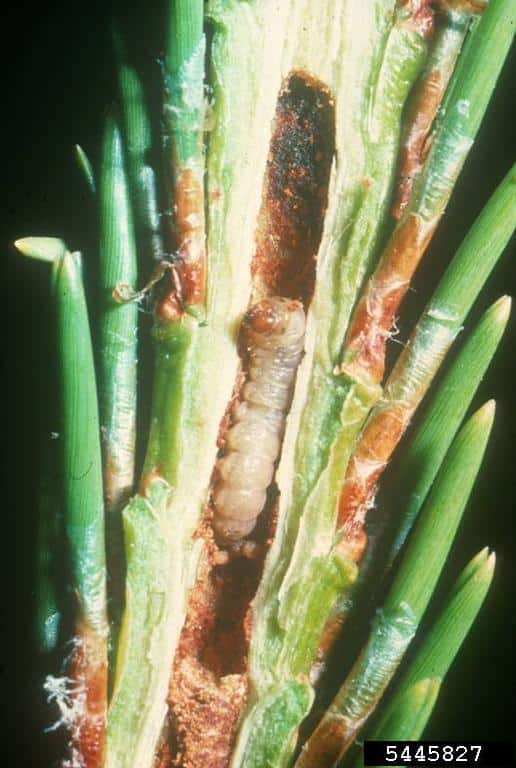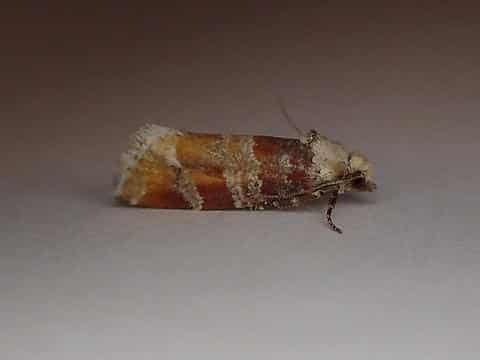Stump grinder machines are used to take away the dead and dying tree roots from sidewalks, driveways, and roads without causing any damage to the soil or the ground. They also help to eliminate backwash or water pollution caused by heavy rains, snowstorms, or other unexpected downpours. Their powerful rotary blades, which are shaped like an S-shaped hook, can easily grind through tough root systems and tree roots to remove the debris. A rotary stump grinder is ideal for working in shallow wet soils or when the ground is very wet.
Stump grinders are usually the size of a small lawnmower or even as large as a small truck. Most achieve their task effectively through a high speed rotating disk with sharp teeth that grind directly into the stump in a very short time. Rotary grinders are also known as "shredder" models and can quickly shred up to a quarter of an acre of ground in one operation. This is great for yards where you don't need to do a lot of stumping or tree trimming. They are especially useful when working in moist soil or wood, because their penetrating blades cut deep into the wood from the center out, unlike regular shovels which have to penetrate the soil first. And since rotary grinders operate at maximum speed, they can clear your yard in just a few hours.
When using stump grinding equipment, it's important to remember some important safety precautions. These include wearing hard hats and gloves, making sure you are going to the job with the proper tools, making sure nothing falls on them and getting help right away if something does. Also, remember to never let a child go ahead and dig up your yard. The sawdust left behind can seriously injure a child. It can also spread fungus and harmful chemicals to your yard if not cleaned up promptly.
Some other tips include never working in areas that have been heavily damaged by previous storms or water. You might want to ask a contractor about stump grinding services before undertaking such work so the damage is lessened. Plus, you don't want to end up hiring a contractor to remove all your wood chips on your own.
Sometimes wood chippings from a tree stump can become infected with fungi and other organisms. If this is the case, it is important to leave the grinding operation alone until the matter has been cleared up. Otherwise, the chippings could release harmful spores into the air and contaminate other trees. The wood chips can lie stagnant for years without being harvested and will eventually kill a nearby tree or two. Stump grinding shouldn't be left until all contaminated material has been cleaned up.
Most people are aware that stump grinding can help remove old growth on a new tree. However, many homeowners are unaware that it can also help remove unwanted matter from the soil. Removing this unwanted matter from the soil not only improves the soil's overall health, but it improves the health of nearby plants. Landscaping companies specialize in removing unwanted matter from the soil so homeowners can enjoy a healthy yard, garden, and landscaping.
